All About Donyale Luna, the First Black Supermodel to Cover 'British Vogue'
- Oops!Something went wrong.Please try again later.
- Oops!Something went wrong.Please try again later.
The fashion icon's life and career is being chronicled in HBO's upcoming documentary 'Donyale Luna: Supermodel,' premiering September 13
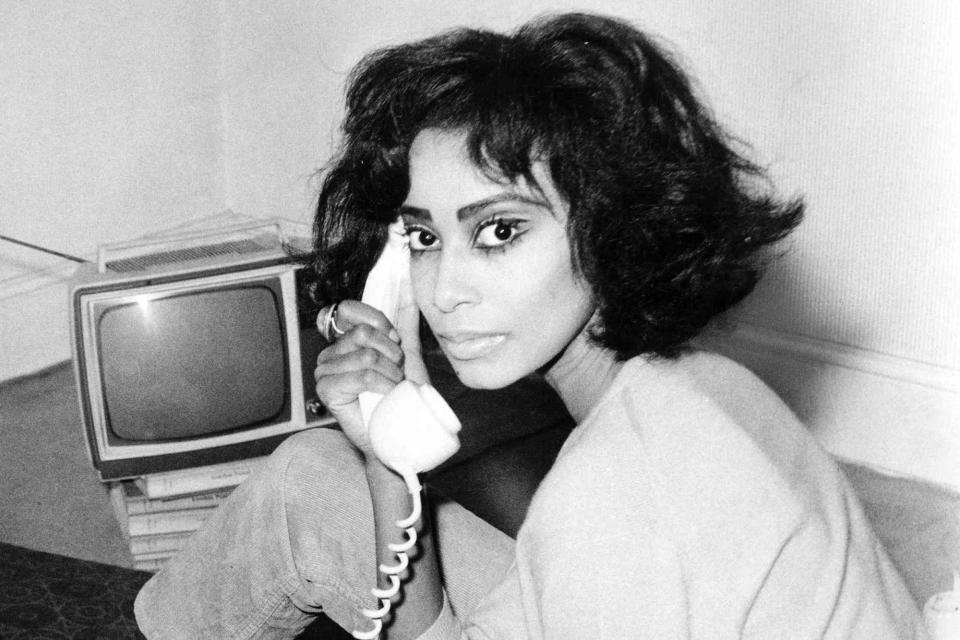
Roy Milligan/Evening Standard/Hulton Archive/Getty
Remembering Donyale Luna.
Born Peggy Ann Freeman, the late American supermodel was a trailblazer in the fashion industry — but despite her monumental career accomplishments as a woman of color in the 1960s, much of her pioneering work has been forgotten.
Luna was often described as an ethereal, larger-than-life character who challenged the existing ideals of beauty, broke barriers and influenced culture throughout her 33 years on Earth. The wide-eyed hopeful left home just months after the Civil Rights Act was passed to chase her modeling dream.
The Detroit native was scouted in 1963 by a fashion photographer David McCabe, who convinced her to move to Manhattan. With no clear-cut plan — especially at a time when modeling opportunities for non-white faces didn't exist, except for dedicated African-American publications like Ebony — Luna followed the then-stranger, believing in herself and her own potential.
Upon her arrival, Luna united with McCabe, who then took her to meet with top fashion editors around New York City. A risk worth taking, the rising model's career instantly took off — and so did her celebrity status, suddenly joining the inner circles of megastars of the day like Bob Dylan.
Related: Zendaya Channels Iconic Black Supermodel Donyale Luna in Gorgeous Essence Cover Shoot
But despite her supermodel successes in America, Luna couldn't escape discrimination. Therefore, she jetted off to Europe where it was less prevalent. "I wouldn’t have to be bothered with political situations when I woke up in the morning," the model once said in an interview.
In 1966, Luna's true big break occurred when she became the first Black supermodel to cover British Vogue — a historic booking that paved the way for models of color that followed and continues to influence generations today.
Years later, Luna's story is getting told through HBO's Donyale Luna: Supermodel, which was recently screened during New York Fashion Week.
The upcoming documentary — which premieres Sept. 13 — chronicles the forgotten story of Luna's incredible life and career, told through first-person counts by her family and former fashion colleagues.
"As a Black storyteller, to be able to tell stories of other Black women is an incredible gift," director Nailah Jefferson said during a Q&A panel for the film at Hudson Yards on Sept. 7. "As a Black woman, to highlight and uplift, and love Donyale Luna as she couldn't be when she was here with us... I'm just so grateful."
Read on for everything to know about Luna, from her breakout to the legacy she's left behind.
Related: Law Roach's Best Styling Moments: From Zendaya to Céline Dion
She grew up in Detroit, Michigan
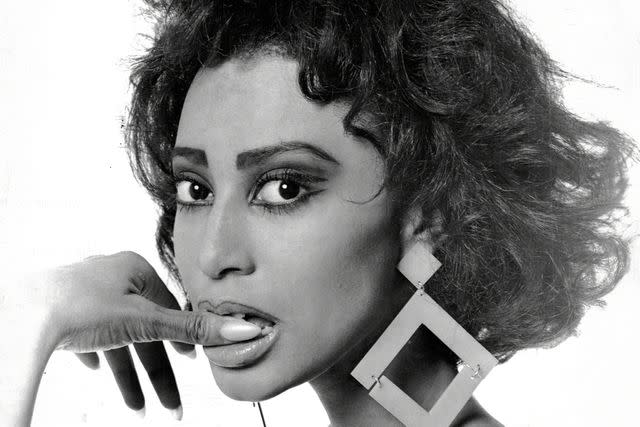
Woodgate/ANL/Shutterstock
Luna (née Peggy Ann Freeman) was a Michigan native, born to Nathaniel A. and Peggy Freeman in Detroit. She was one of three siblings, the middle child of all daughters.
Growing up, she took school seriously. She was bright and involved in extracurriculars she was passionate about, including theater. In 1963, she was scouted — simply wearing her Catholic school uniform — on her way to rehearsal.
It was there that fashion photographer David McCabe put forth the idea of modeling, ultimately convincing her to follow him to Manhattan where he'd help her launch her career. In a 1966 interview with Time, Luna opened up about how she was received in her home city in comparison to Europe.
“Back in Detroit I wasn’t considered beautiful or anything," the model said. "But here I’m different.”
Related: New York Fashion Week Begins: All the Stars at the First Two Nights of Parties
She was the first Black supermodel to cover Vogue

Photograph by Luigi Cazzaniga/HBO
Due to the discrimination she experienced in the '60s combined with myths surrounding her personal life, much of Luna's career accomplishments as a boundary-breaking woman of color have been forgotten since her death in 1979.
Over the years, Black supermodels like Pat Cleveland and Beverly Johnson have received recognition for their major moves in fashion. The New York Times, for example, cited in May 2007 the latter as "the first African-American woman to land on the cover of Vogue."
While that fact is true for Vogue's American issue published in August 1974, Luna was the first-ever supermodel to cover Vogue's British issue in 1966. She was also the first Black model in Harper's Bazaar, published in September 1937.
She hung out with the Rolling Stones
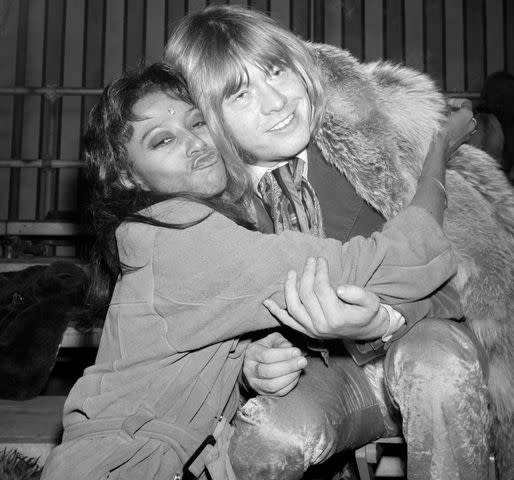
PA Images via Getty
As Luna's popularity grew as a model, so did her social circle. In London, specifically, she involved herself in the "youth-quake," a movement controlled by the younger generation heavily stirring up the music, fashion and pop culture in the mid-1960s.
In 1968, she nabbed a gig as a fire-eater's assistant in The Rolling Stones Rock and Roll Circus. While she was rumored to be romantically tied to Brian Jones, Mick Jagger, Mia Farrow and Michael Caine were among her various other celebrity friends.
She was married to Luigi Cazzaniga
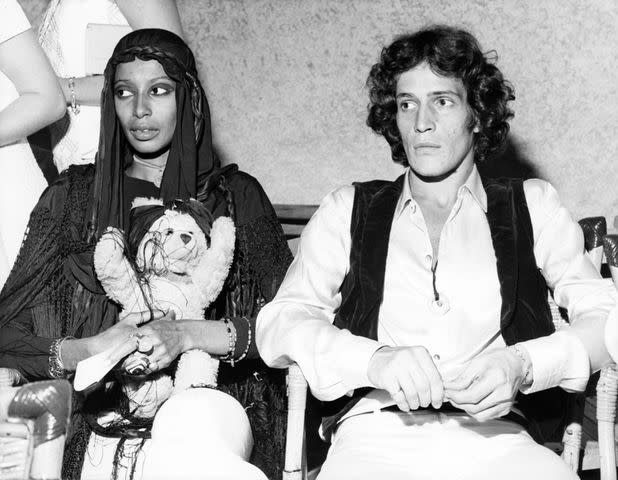
Keystone Features/Hulton Archive/Getty
Luna was married to Luigi Cazzaniga, a professional Italian photographer who she wed in 1976. The two met in Italy following the supermodel's many travels from New York and London, as chronicled in the Nailah Jefferson-directed HBO documentary.
Despite a communication barrier, the couple found love not just romantically, but creatively as well — specifically in art, as well as avant-garde theater and film.
She had one daughter
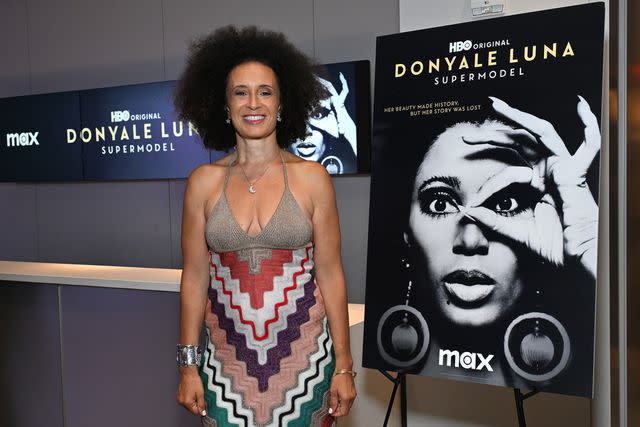
Slaven Vlasic/Getty
Luna and Cazzaniga welcomed one child, daughter Dream Cazzaniga, together in 1977. They named her after Martin Luther King Jr.'s "I Have a Dream" speech, which was given around the time of the model's pivotal move to New York.
In May 1979, Luna died at age 33, just months after giving birth to her first daughter. Although it was hard for Dream to grow up without a mother, she has helped keep Luna's legacy alive.
Dream penned a story for British Vogue in April 2019, honoring her mom in the publication that changed her life. Most recently, she was featured in and co-produced HBO's Donyale Luna: Supermodel documentary.
She has inspired modern fashion icons like Zendaya
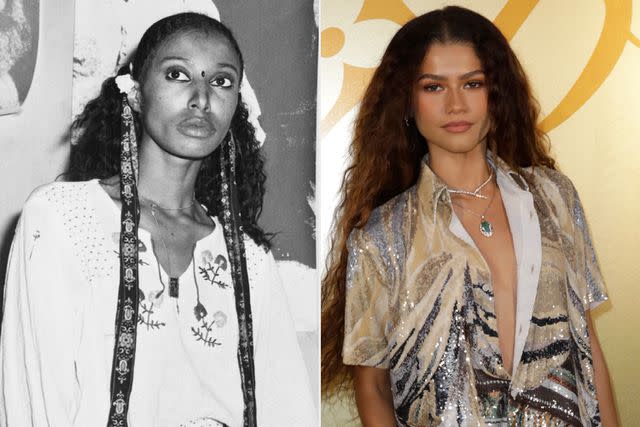
Keystone/Hulton Archive/Getty, Antoine Flament/Getty
While a number of fashion models, designers and photographers have been positively impacted by Luna's work, Zendaya and her stylist Law Roach are among the many celebrities who have paid tribute to her in recent years.
While chatting with PEOPLE during the 2023 New York Fashion Week, the celebrity stylist shared that he "definitely sees similarities" between his longtime client Zendaya and Luna. "I think the ancestors are always with us," he said at the Daily Front Row Fashion Media Awards in September.
"So yeah, just the beauty and the calmness — I think that's what they really have in common." Roach went on to explain the likeness between the two women. "Zendaya is always very serene and mellow, and I think Donyale embodied the same characteristics."
For more People news, make sure to sign up for our newsletter!
Read the original article on People.

